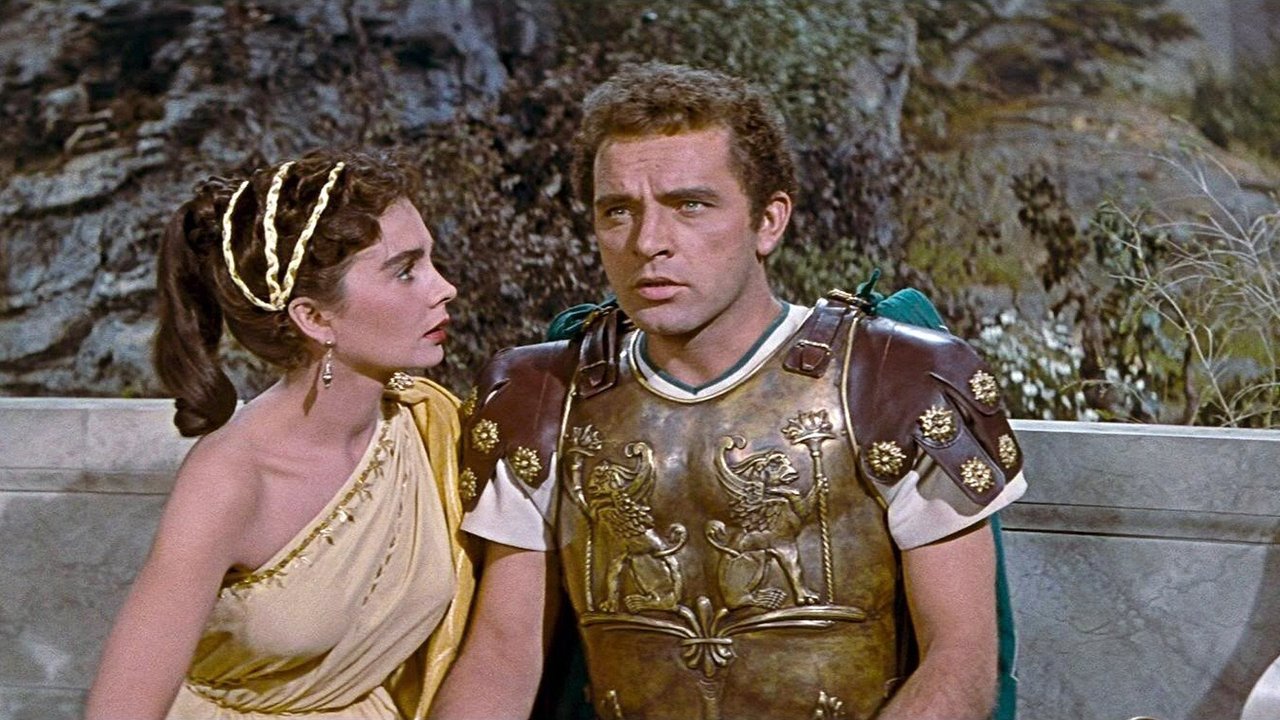A Divine Drama Unveiled: The Robe Movie Review
In the luminous glow of 1953 cinema, The Robe emerged as a tapestry woven with threads of drama, history, and romance. Directed by the visionary Henry Koster, this film offers an enthralling exploration of conscience and redemption. Let’s dive into this movie review and unearth the emotional and cinematic treasures hidden within this drama.
The Burden of Guilt: A Plunge into Internal Conflict
The plot of The Robe unfurls in the 1st-century Roman province of Judea, where Roman tribune Marcellus Gallio, portrayed by the charismatic Richard Burton, is entrusted with the crucifixion of Jesus of Nazareth. Post-task, Marcellus is consumed by a haunting conscience, spiraling through a psychological and spiritual turmoil. What’s the price of guilt, and how does one find redemption? Ah, the film extends an olive branch to these eternal questions, painting them vividly on the silver screen.
Themes of faith, duty, and personal struggle are depicted with a rich palette, compelling audiences to ponder their paradigms. But fear not; this isn’t just a somber ride! There are interludes of romance and courage that offer a fresher perspective and even a glimmer of hope amid Marcellus's torment.
Behind the Masks: Mesmerizing Performances and Koster's Vision
With Richard Burton leading the charge, The Robe thrives under performances that leave lasting impressions. Burton's portrayal resonates with the inner conflict and burgeoning faith, allowing viewers to connect deeply with his character's plight. Alongside him, Jean Simmons and Victor Mature deliver noteworthy performances, weaving a complex narrative of passion and aristocracy poised against humble faith.
The film's visual majesty, carved through Koster's lens, paints a visual narrative that enhances the emotional depth. The sweeping landscapes and detailed recreations of ancient Judea are a feast for the eyes—a true highlight of the movie's production. The screenplay, penned by Philip Dunne, Gina Kaus, and based on Lloyd C. Douglas's novel, captivates like glue, binding audiences to their seats.
Classic Comparisons: The Robe’s Place Amongst Historical Cinemas
When we think of grand spectacles capturing history’s picturesque past, films like Ben-Hur and Spartacus come to mind. While The Robe may not match the sheer scale of those epics, it offers something uniquely introspective—a deep-dive into the human spirit and redemption. It’s more of a psychological pilgrimage than a historical odyssey.
Reflecting upon Koster’s past works, such as Harvey, one notices his adeptness at blending whimsy with wonder, yet The Robe sees him exploring richer, darker themes reminiscent of the era's escapades into cinema that challenge moral fibers. It is a refreshing deviation, capturing the allure of humanity's flaws and virtues in glorious Technicolor.
Why ‘The Robe’ Deserves Your Gaze
Cinema analysis often finds itself struggling to encapsulate the esoteric dance of human emotions and historical narrative. Yet, The Robe does precisely that, etching itself amongst must-watch films. It’s a beacon for fans of drama and historic romance, spotlighting the ageless battles of faith and duty.
Is it perfect? Perhaps not, but its imperfections lend character and texture, much like a timeworn painting that whispers tales of yore. If you enjoy the weighty exchanges of faith and turmoil set against the backdrop of history, then don’t skip this cinematic jewel. For in its storytelling, we find reflections of the eternal struggle, and is that not the core of what connects us all to the art of film?

